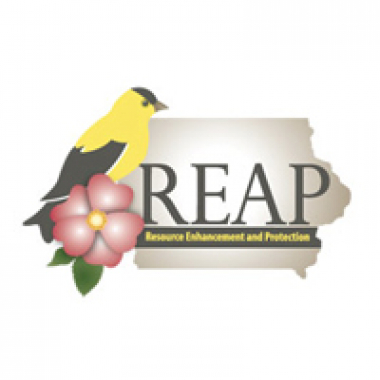Turkey Vulture Impact on Ecosystems
The turkey vulture is native to the Americas and glides across Iowa from early spring through late fall. Bird populations provide insight into the health of the ecosystems. The birds use thermals, or warm upward air currents, for flight. This strategy allows them to flap their wings sparingly to save energy for eating. Turkey vultures feast on carrion, or the decaying flesh of dead creatures. The sanitizing impact of these scavenger birds can help suppress the spread of dangerous bacteria and disease that may otherwise threaten livestock.
Iowa Core Standard
Develop a model to describe the movement of matter among plants, animals, decomposers, and the environment
Driving Question
- How is matter cycled through the turkey vulture's ecosystem?
Probing Questions
- What living and nonliving things are part of the turkey vulture's ecosystem?
- Why are turkey vultures referred to as "nature's garbage men"?
Classroom Suggestions
Students could:
- Predict/brainstorm/discuss the different organisms that interact within the environment of the turkey vulture.
- Research the different organisms that interact within the environment of the turkey vulture.
- Draw a model to show the flow of matter through the ecosystem of the turkey vulture (include and label plants, animals, decomposers, and the environment).
- Evaluate and provide feedback to peers on their model.
Resources
- Iowa Department of Natural Resources (DNR) |Turkey Vultures Don't Deserve the Bad Rap: Cool Facts on These Iowa Scavengers: Read about turkey vulture fun facts.
- The Cornell Lab of Ornithology | All About Birds: Turkey Vulture: Read about turkey vulture habitat, food, nesting, behavior, and conservation.
- Annenberg Learner | Ecology Lab: Build your own ecosystem and interactive ecology lab to investigate the interrelationships of an ecosystem.
Contributors
Submitted by Chantel Karns and Olivia Tebben as part of their Iowa STEM Teacher Externship experience at Iowa PBS.
Media produced for Iowa Outdoors by Iowa PBS.
Funding for Iowa Science Phenomena Provided By








